ARCHITECT'S
Erected in honour of the New Caledonian political leader assassinated in 1989, the Jean-Marie Tjibaou Cultural Centre pays homage to Kanak culture and draws on local building traditions and expertise by intertwining the ancient and the modern. An understanding of the development of Kanak culture was a vital part of this project – becoming familiar with Kanak history, environment and beliefs made it possible to design a building that would fit within this context. Close working relationships with local people, Marie-Claude Tjibaou (Jean-Marie Tjibaou’s widow), and anthropologist Alban Bensa, were an essential part of this learning process. Taking inspiration from the Kanak people’s deep ties with nature, the project sought to meet two main objectives: one was to represent the Kanak’s talent for building, and the other was the use of modern materials such as glass, aluminium, steel and modern light technologies along with the more traditional wood and stone. The Centre is a cluster of ‘huts’, small pavilions and tree-filled spaces. It is located on a spit of land called the Tina Peninsula, surrounded by water on three sides. The site’s lush vegetation is cut through with trails and paths, amongst which there are ‘villages’: clusters of buildings with strong ties to their context, their semicircular layout defining open communal areas. The structure and above all, the functionality of New Caledonian huts were reproduced and adapted, architecturally as well as socially. There are ten huts, of three different sizes, from 20 to 28m in height, all interconnected by a footpath. Within the Cultural Centre these huts serve various functions. The first group comprises exhibition spaces, a second series of huts houses research areas, a conference room and a library. The last series of huts contains studios for music, dance, painting and sculpture. These buildings have a curved shape that references traditional Kanak constructions but here rather than the traditional woven vegetable fibre, these buildings are made of wooden ribs and slats: traditional exteriors inside of which all the benefits of modern technology are provided. Low-maintenance, termite-repellent iroko wood was chosen for the project.The buildings have a highly efficient passive ventilation system which eliminated the need for mechanical air conditioning. Thanks to the double outer facade, air circulates freely between the layers of slatted wood. The angling of the apertures of the external facade was designed to harness the monsoon winds coming in from the sea, the prevailing winds. The flow of air is regulated by adjustable louvers, which open when the wind is light to allow for fresh air, but close when wind speeds pick up. After it was first designed, this unique solution was tested on scale models in a wind tunnel. (© RPBW)
COLLECTION
DFW







